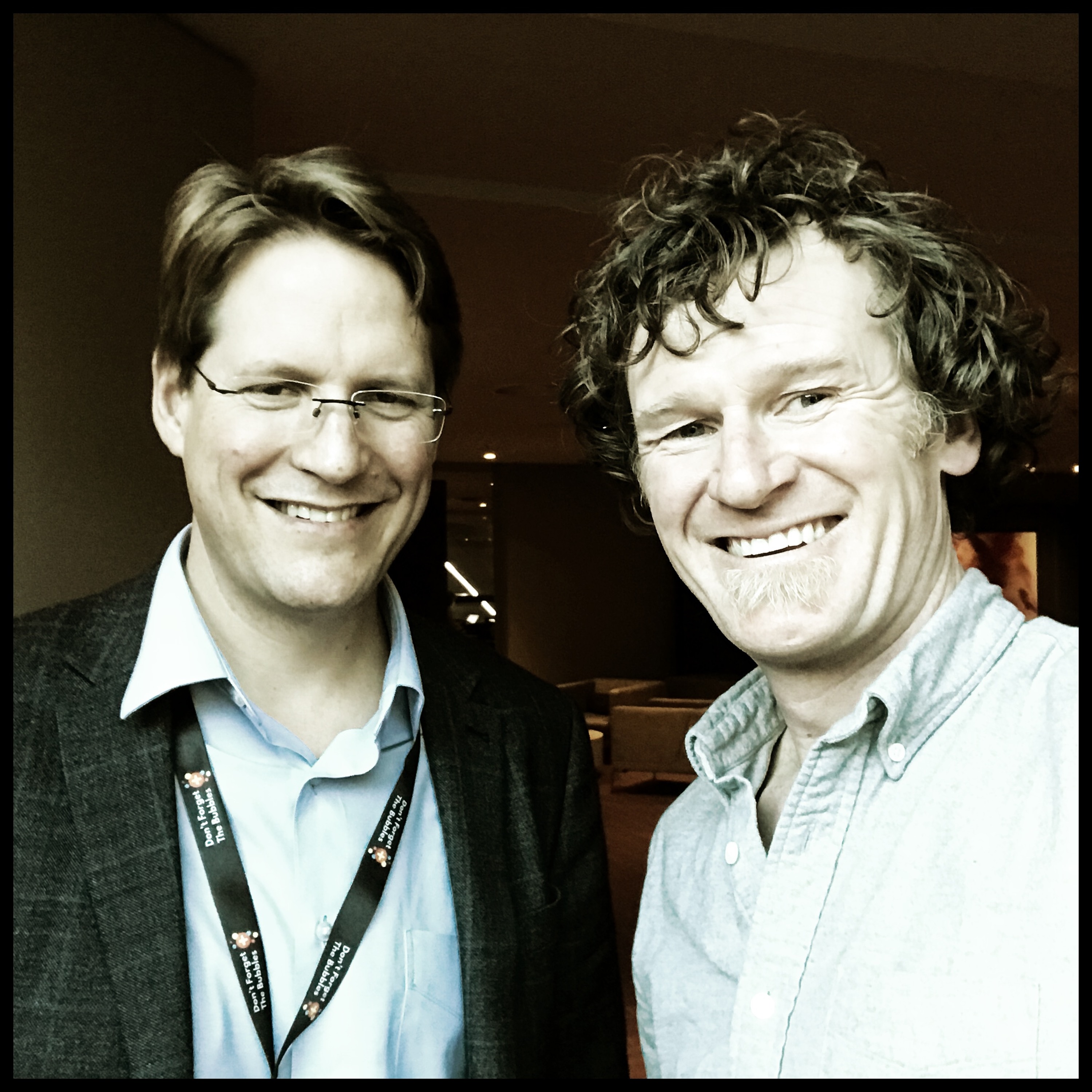Jellybean 107 Abnormal Treatment Behaviour

Abnormal Treatment Behaviour.\n\nThe stress and trauma associated with what you do is real and it affects how you perform. \n\nJannie Geertsema is a child and adolescent psychiatrist working at the Hospital Formerly Known as Lady Cilento Children\u2019s Hospital. He was at the last wonderful Don\u2019t Forget The Bubbles Conference in Melbourne.\nThe \u201cdoctor patient relationship\u201d. You may work in a \u2018gnarly\u2019 emergency room, or an over run ICU but the sort of damage we are talking about can be severe in almost any care-givers role. Jannie is a care giver that works with children/adolescents and their parents and regularly finds himself in the unfortunate space in between parent and child. Think about that sort of dynamic. It\u2019s a dangerous space as Leonardo can tell you.\nJannie has become increasingly interested in this and started to dive into the stress and trauma associated with his role. Increasingly he has found that many of his colleagues (psychatrists and others) have similar problems.\nThere is one half of that relationship that we almost certainly have not given the appropriate attention. My half. The providers half, The therapists half. Your half. You!\nJannie throws himself on the psychiatrists couch and blows open a rarely considered trap; The Abnormal Therapeutic relationship. This exists for all clinicians in a \u201ctherapeutic\u201d relationships with their patients/clients/consumers.\nCall them \u201cvariably autonomous, mostly humanoid, largely organic carbon based therapy consuming units\u201d if you want. (Usually referred to as VAMHLOCBTCU\u2019s). I usually still call them patients but I am not a psychiatrist or a midwife or one of the various other disciplines that have their own good reasons not to call them patients.\nWe talk a lot about the \u201cDoctor-Patient Relationship\u201d in this podcast. But we are not just talking about doctors when we talk about \u201cAbnormal Treatment Behaviour\u201d. There are a few reasons that the \u201cDoctor-Patient\u201d phrase is used; the crucial paper that Jannie refers to is written by an Australian Psychiatrist qualified in the 1960\u2019s; Prof Bruce S Singh. (I mistakenly refer to his paper as being written in the 1960's but it was actually published in 1981.) And both Jannie and I identify as doctors. Jannie expands on this further when you listen to the linked talk from DFTB and is asked a question about it at the end. (There is a link below.)\nThere is not a lot more written, at least not that Jannie has found. That we have only one paper written by a psychiatrist does not dismiss the other variations on this theme. In fact, each variation, be it Nurse-Patient, Psychologist-Patient, Social Worker-Patient\u2026., would surely merit it\u2019s own analysis. I am willing to bet that there is more written about this by experts from the other caring professions than by the physicians.\nIf there is one thing to take away from this it is that I do not exist as an inert perfect practitioner. I do not perform in a perfect space. I am flawed. I have feelings. I barely know what my own feelings are. But if I can just keep in mind that I do have thoughts and feelings, that they do affect my interactions with others, then I am at least cogniscent of the fact that roughly half of the people in the \u201cDoctor-Patient Relationship\u201d are Me. Or You. Or Us. I do not need to have read, or agree with, Freud to benefit from that sort of insight.\nAs Jannie puts it if you can keep in mind that you are anything less than perfect then you are getting somewhere.\nIf you can get to the next DFTB then you are getting somewhere special.\nIf you cannot then you can stream the entire conference for a small fee or for FREE if you are in a lower/middle income country. That is fantastic. Has anyone else done that?\n\nLINKS\nAll the Links are available over on TheTopEnd.org